Legend has it that, around 1,300 years ago, during the reconstruction of the Great Buddha Hall (Dainichido) in a small mountain village, performers from the imperial palace traveled to Akita prefecture, in the North of Japan. There, they taught the sacred court dances, known as bugaku, to the locals. From that moment onward, the tradition has endured, evolving into a unique expression of the region’s identity.
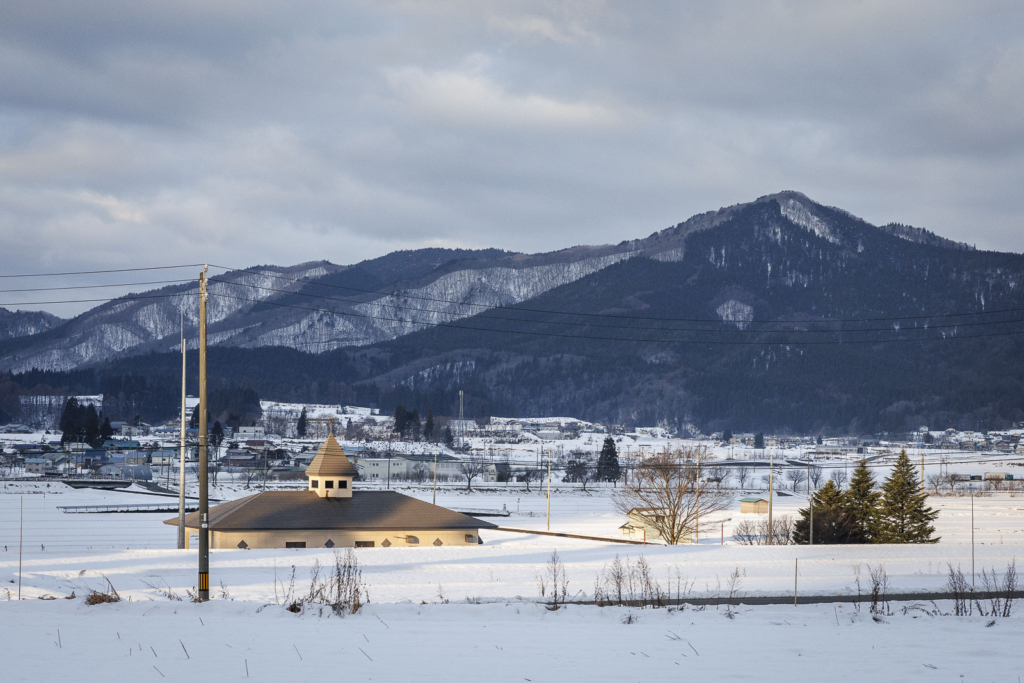
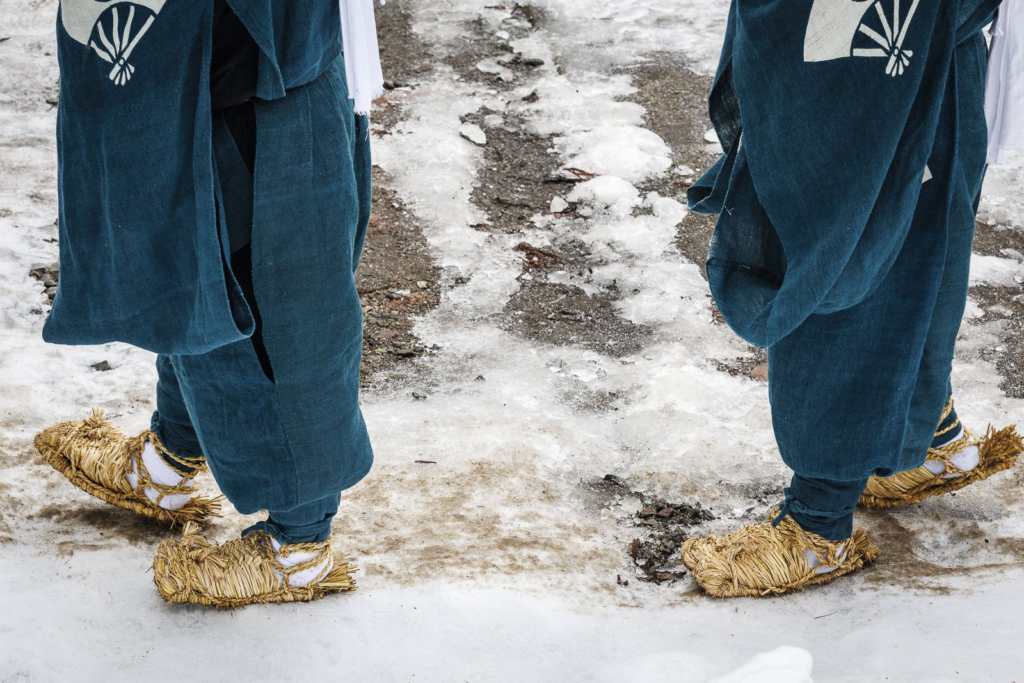
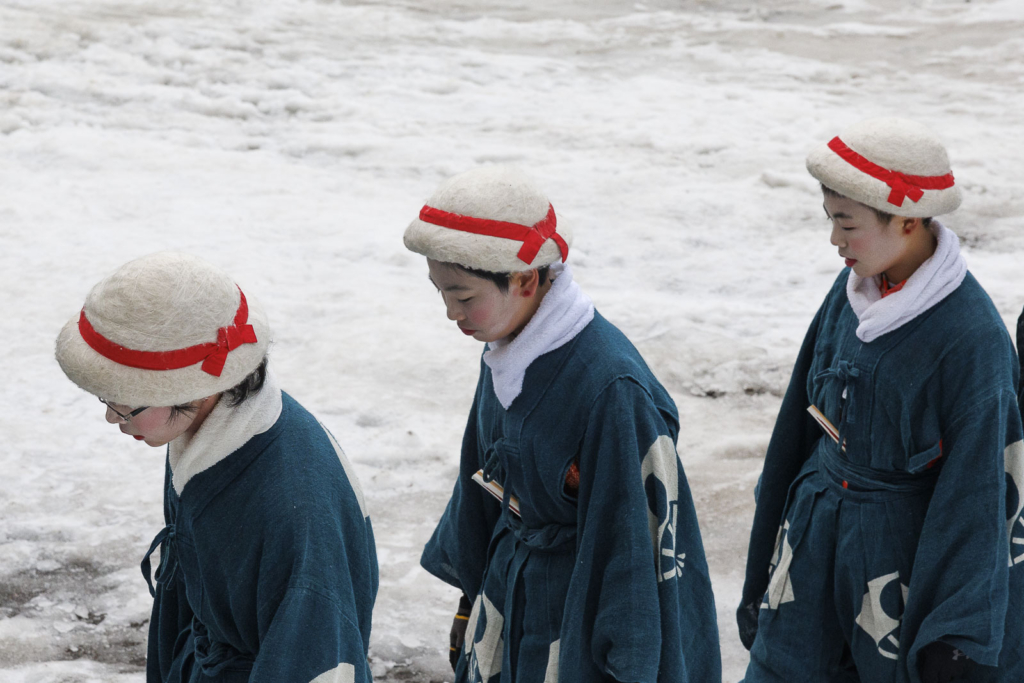
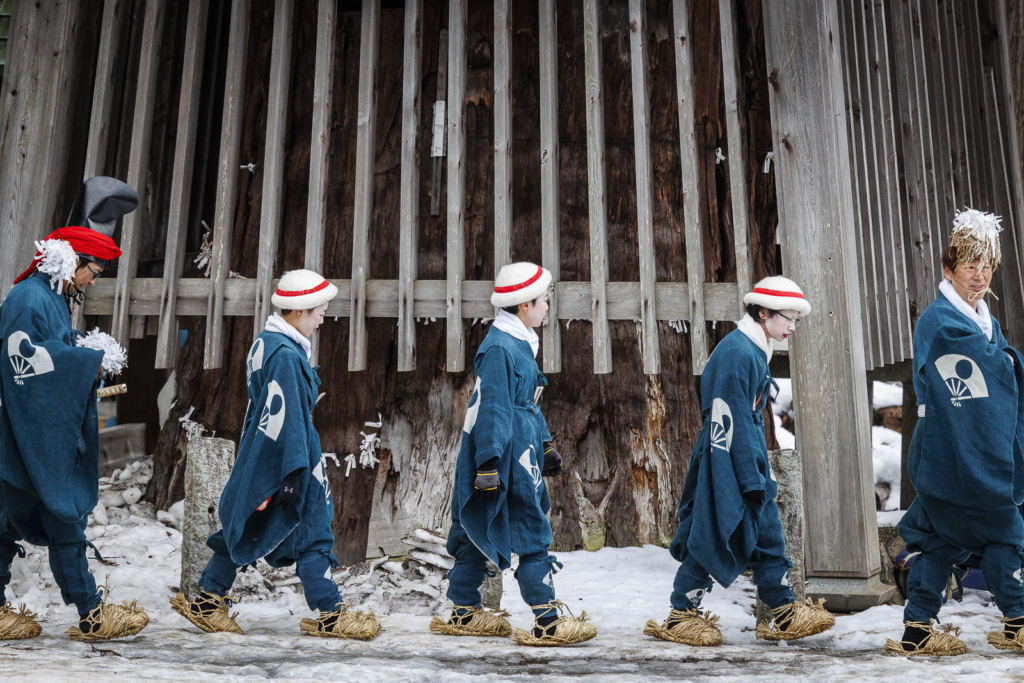
At dawn, performers from the four hamlets of Osato, Azukisawa, Nagamine, and Taniuchi brave Akita’s harsh winters. They walk through the snow to the Dainichido Hall for a purification ritual before the performances begin.
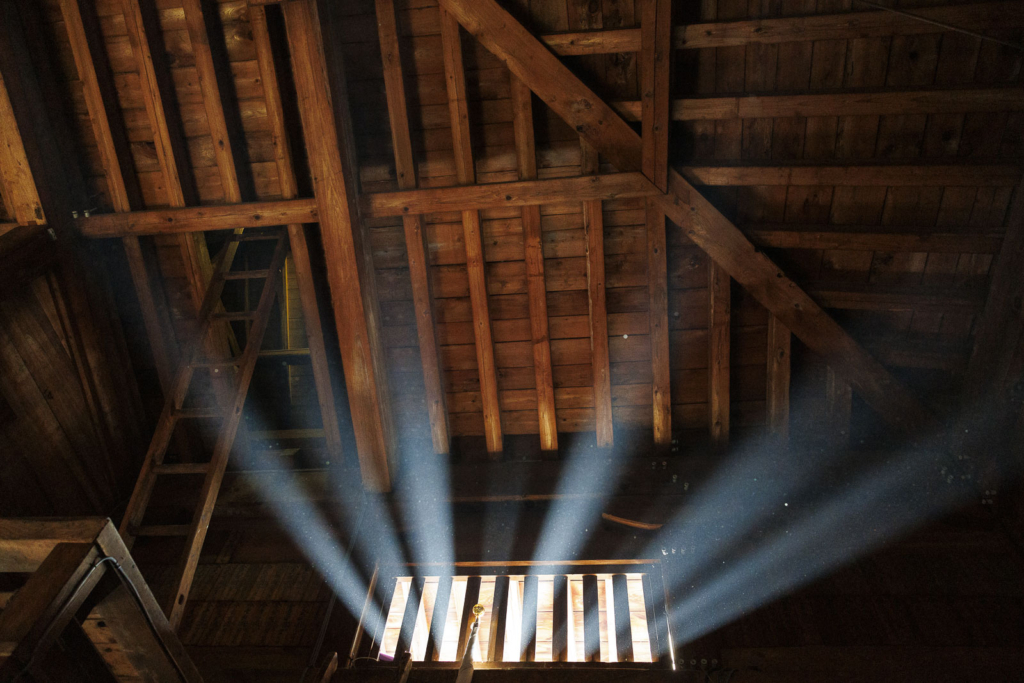
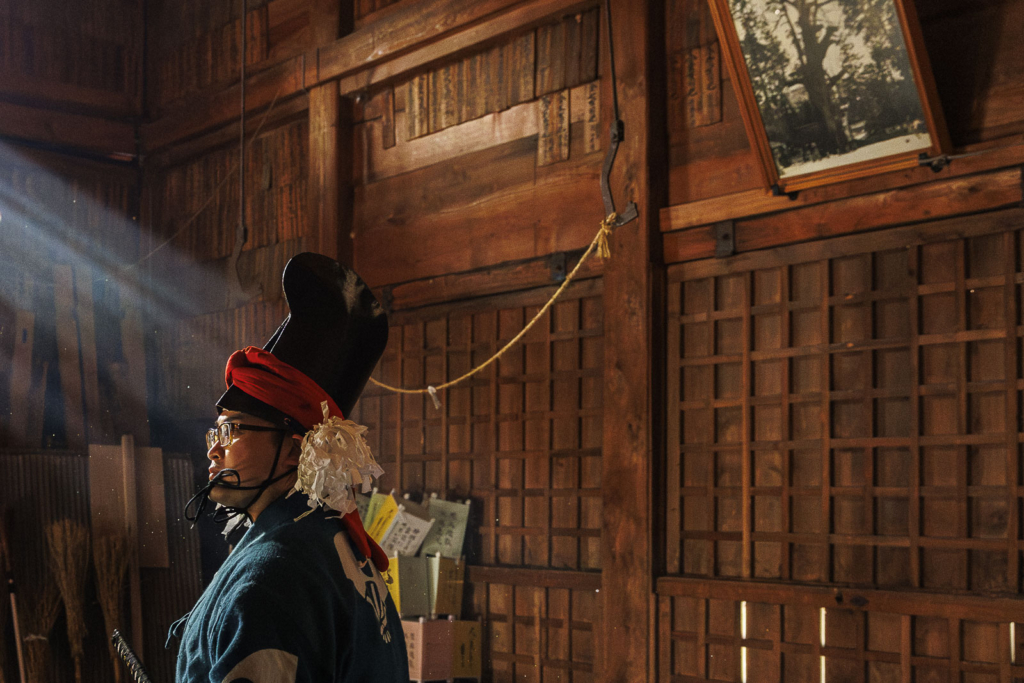
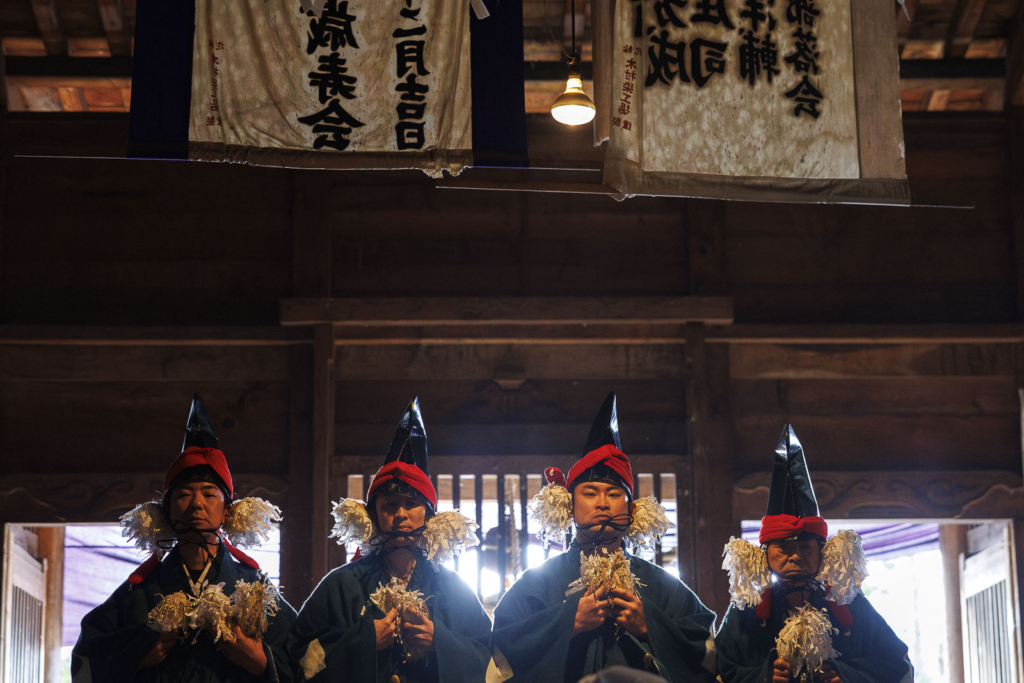
From 7 a.m. to noon, each group takes its turn on the wooden stage under the hall’s towering ceiling, adorned with massive banners of kanji characters. The dances, accompanied by flutes and taiko drums, tell stories of gods, animals, and warriors. Some performers wear vibrant masks and wield swords, while others mimic the graceful movements of birds or horses.
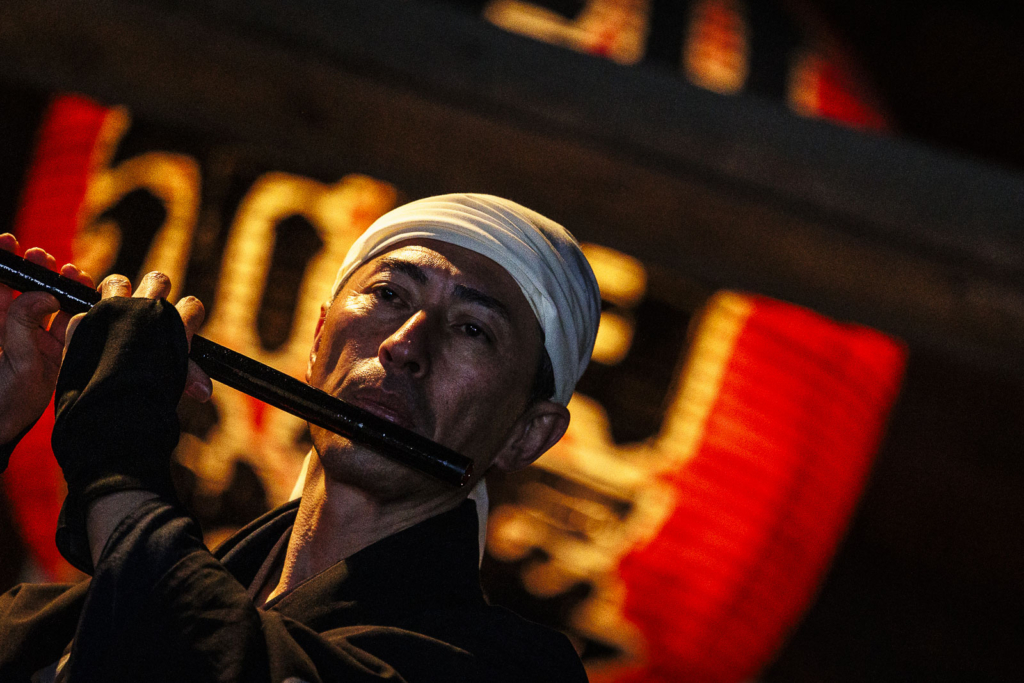
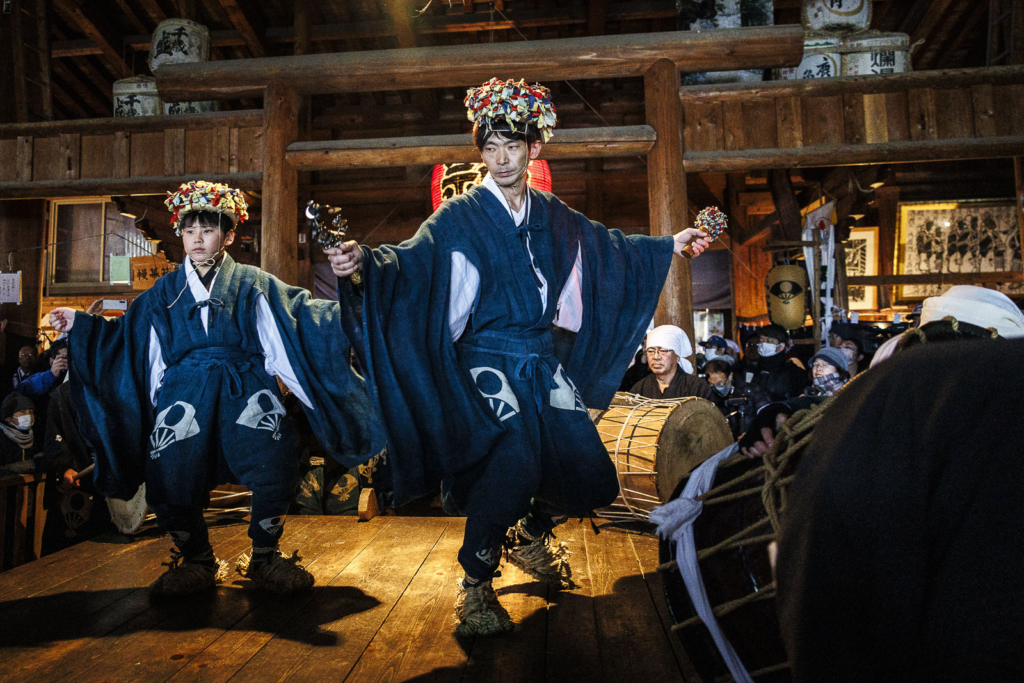
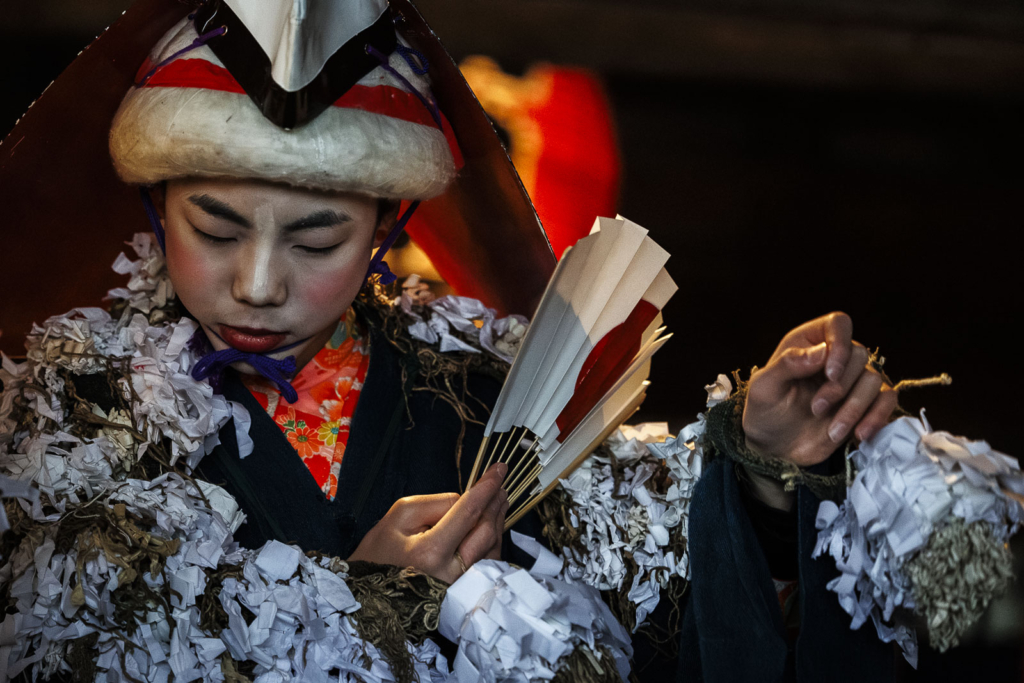
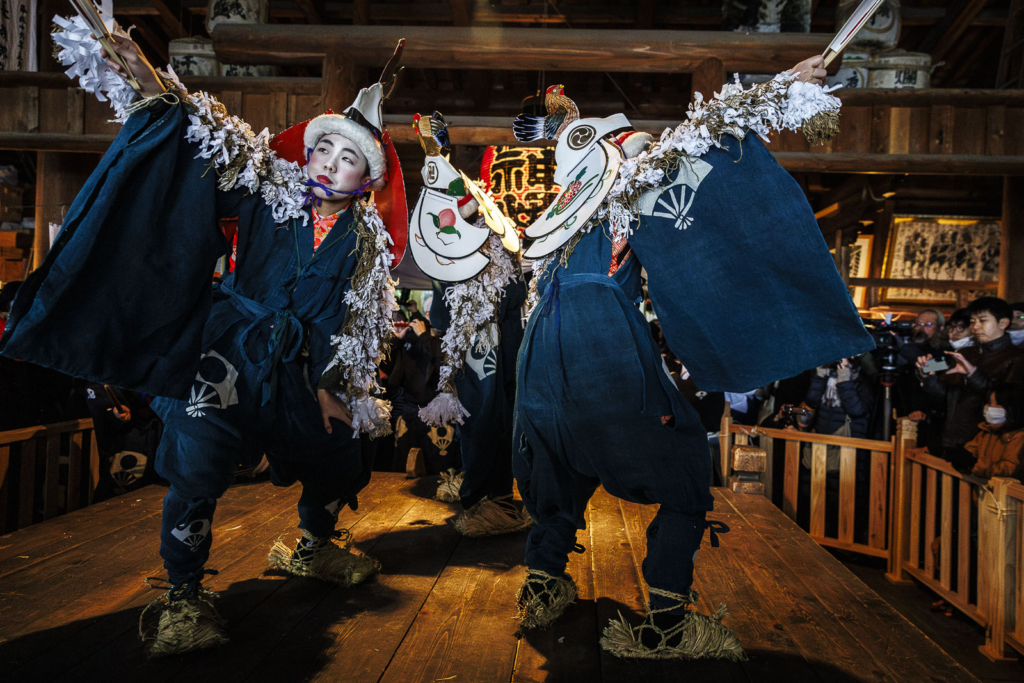
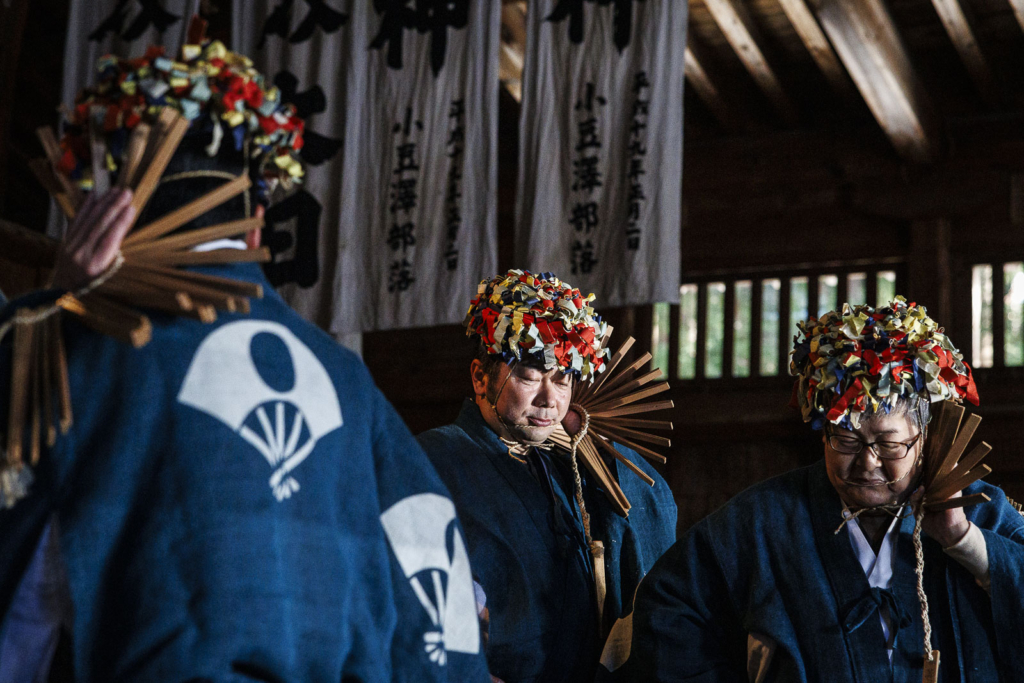
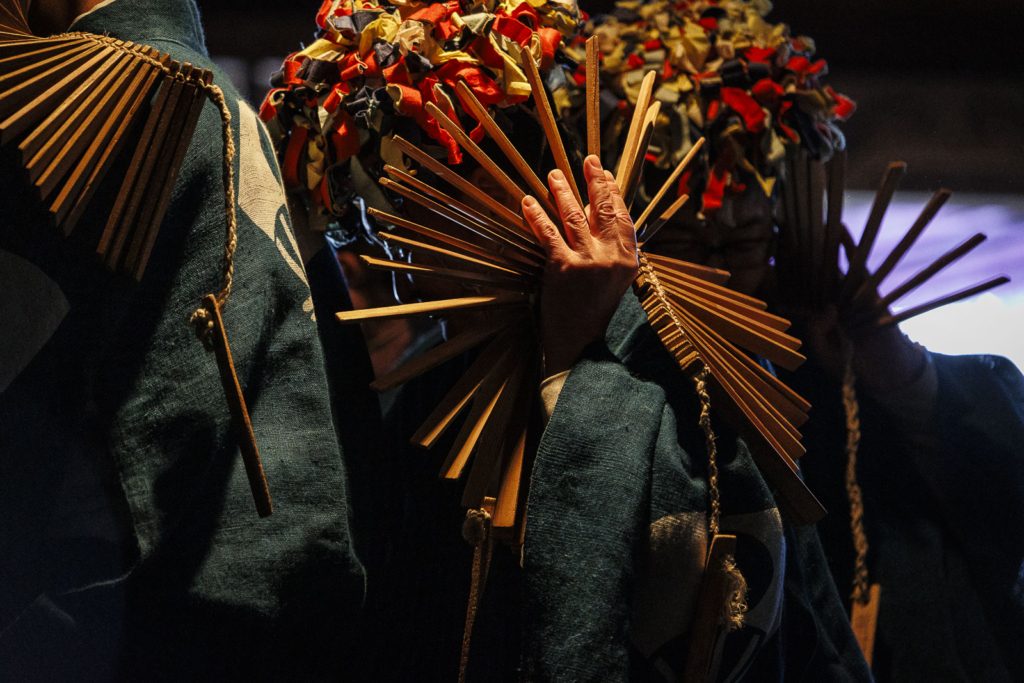
The festival is not just a spectacle but also a testament to resilience. Though interrupted for nearly 60 years in the 18th century, the knowledge was preserved, and the tradition revived. Today, it continues as a celebration of both community and culture.
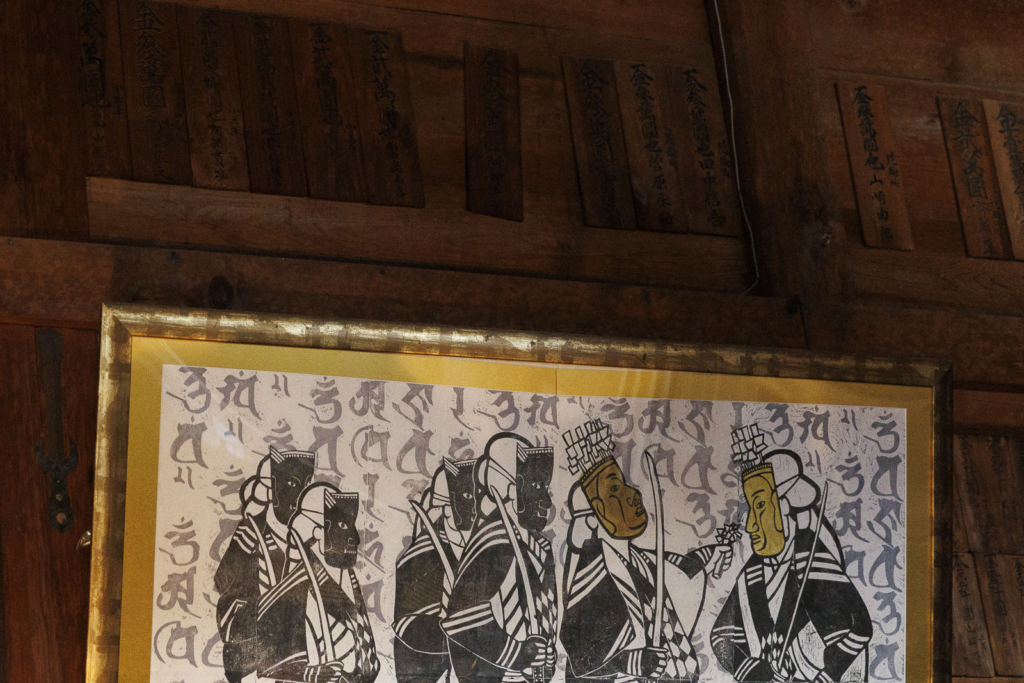
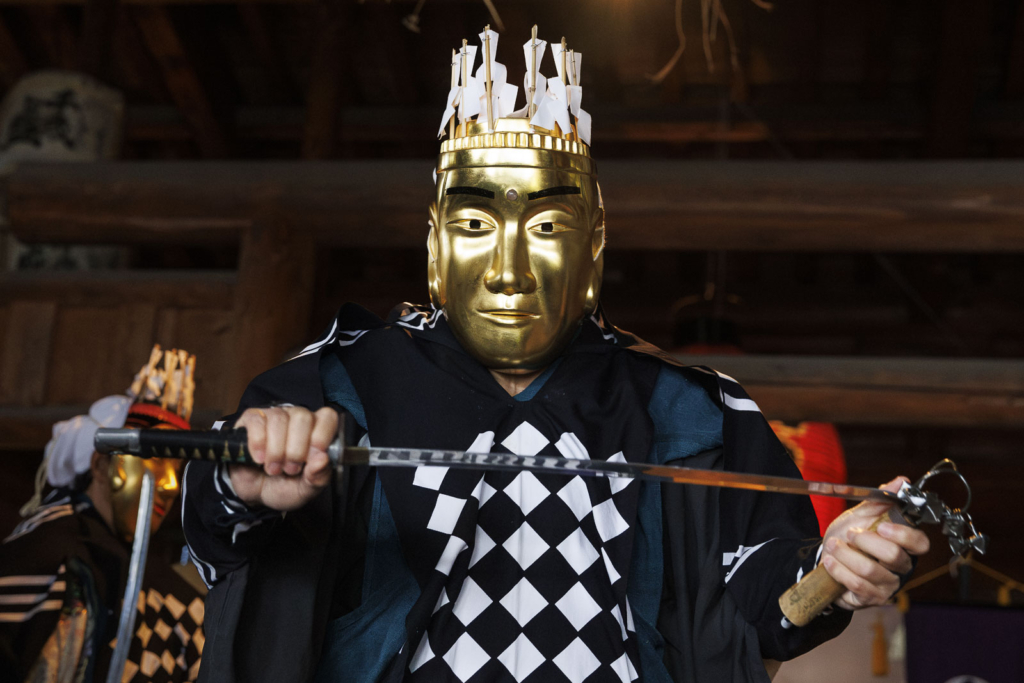
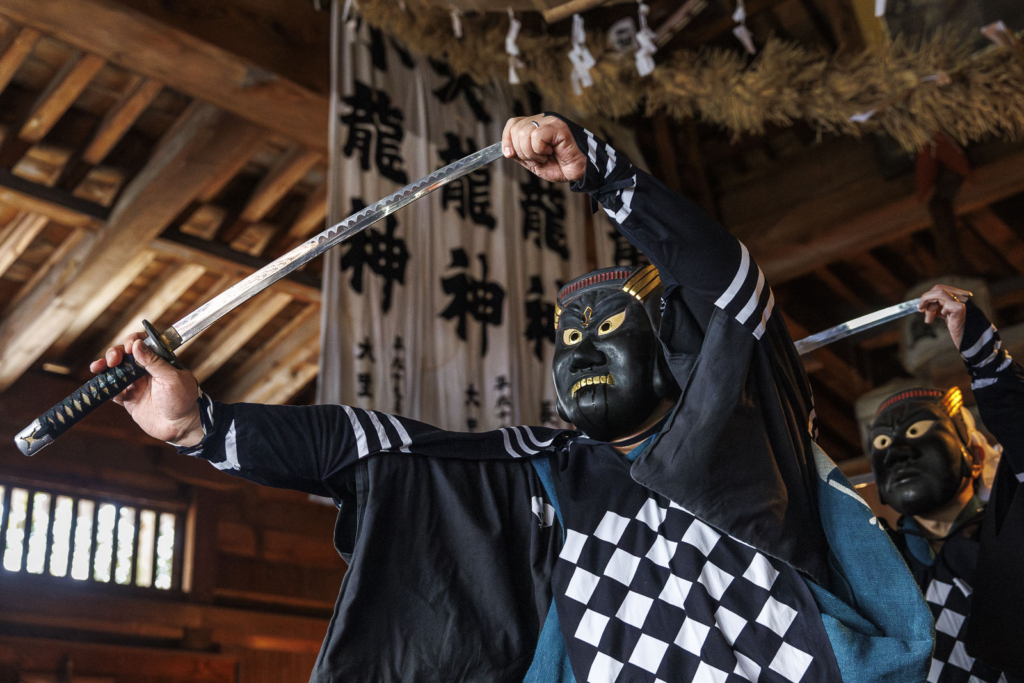
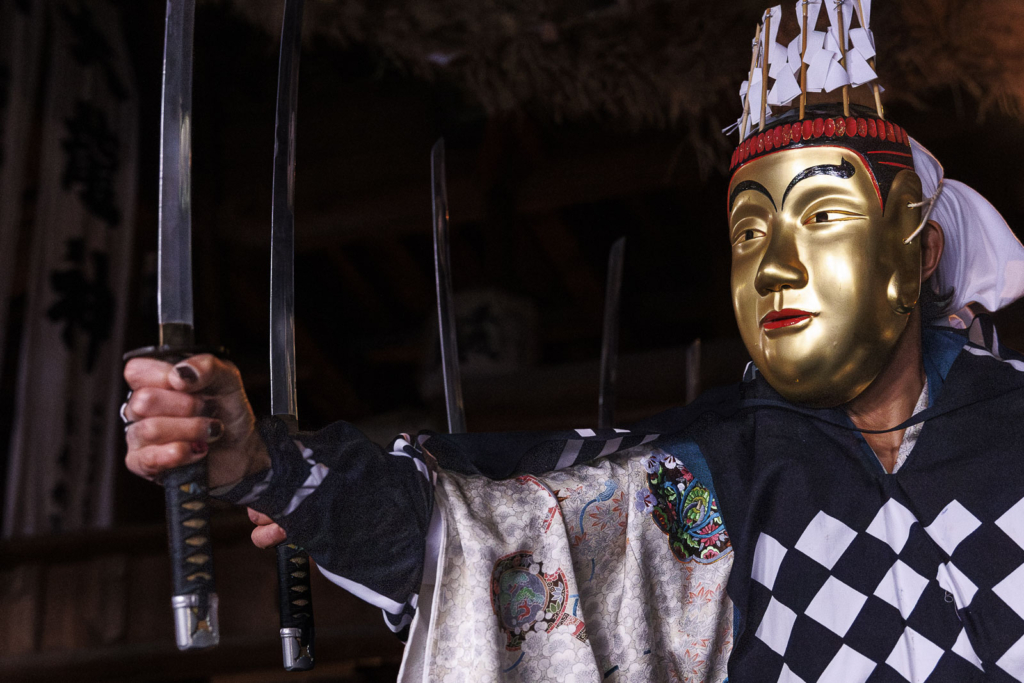
As they await their turn, performers gather around the warmth of an irori, a sunken hearth, sharing camaraderie amid the biting cold. When the dances conclude, sake flows, marking another successful year of preserving this extraordinary heritage.
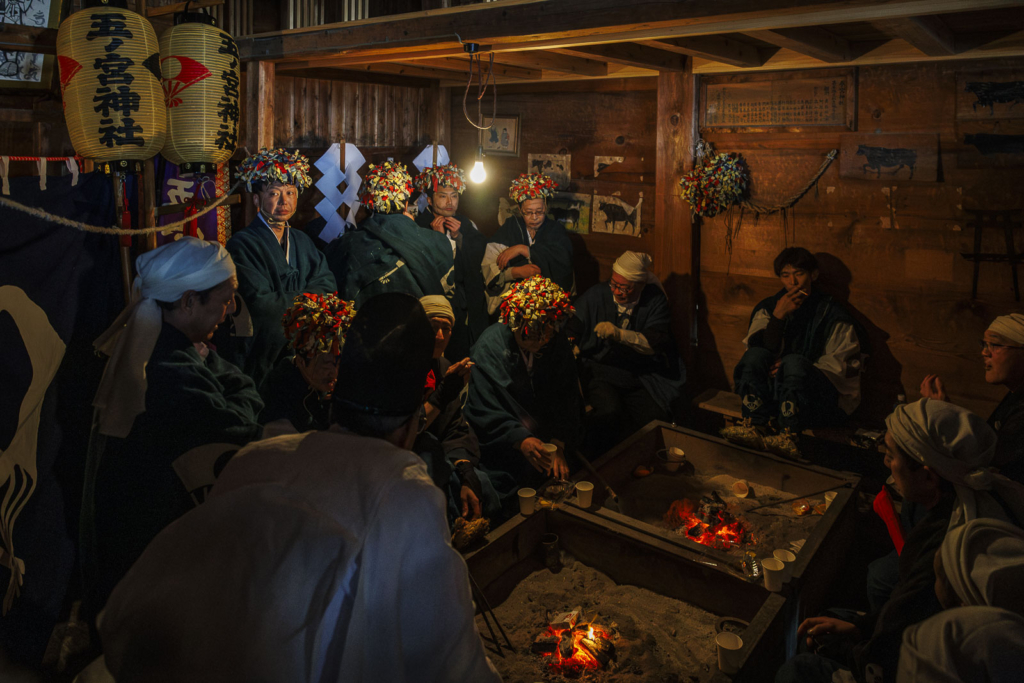
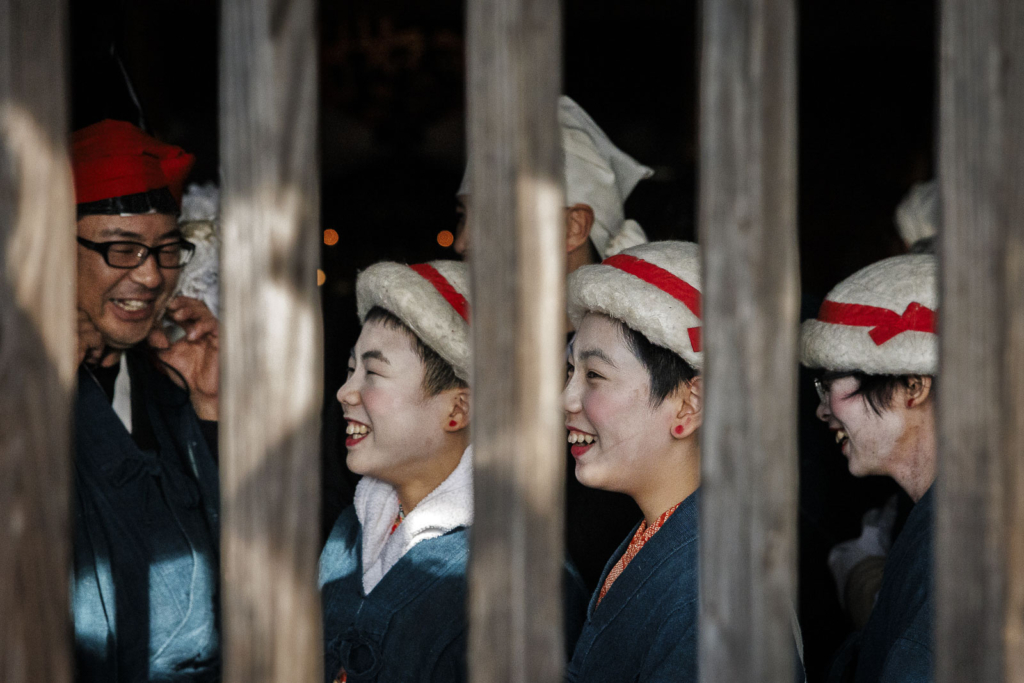
The Dainichido Bugaku is more than a festival; it’s a journey through time, connecting past and present, tradition and innovation, all in the heart of Akita’s stunning winter landscape.

